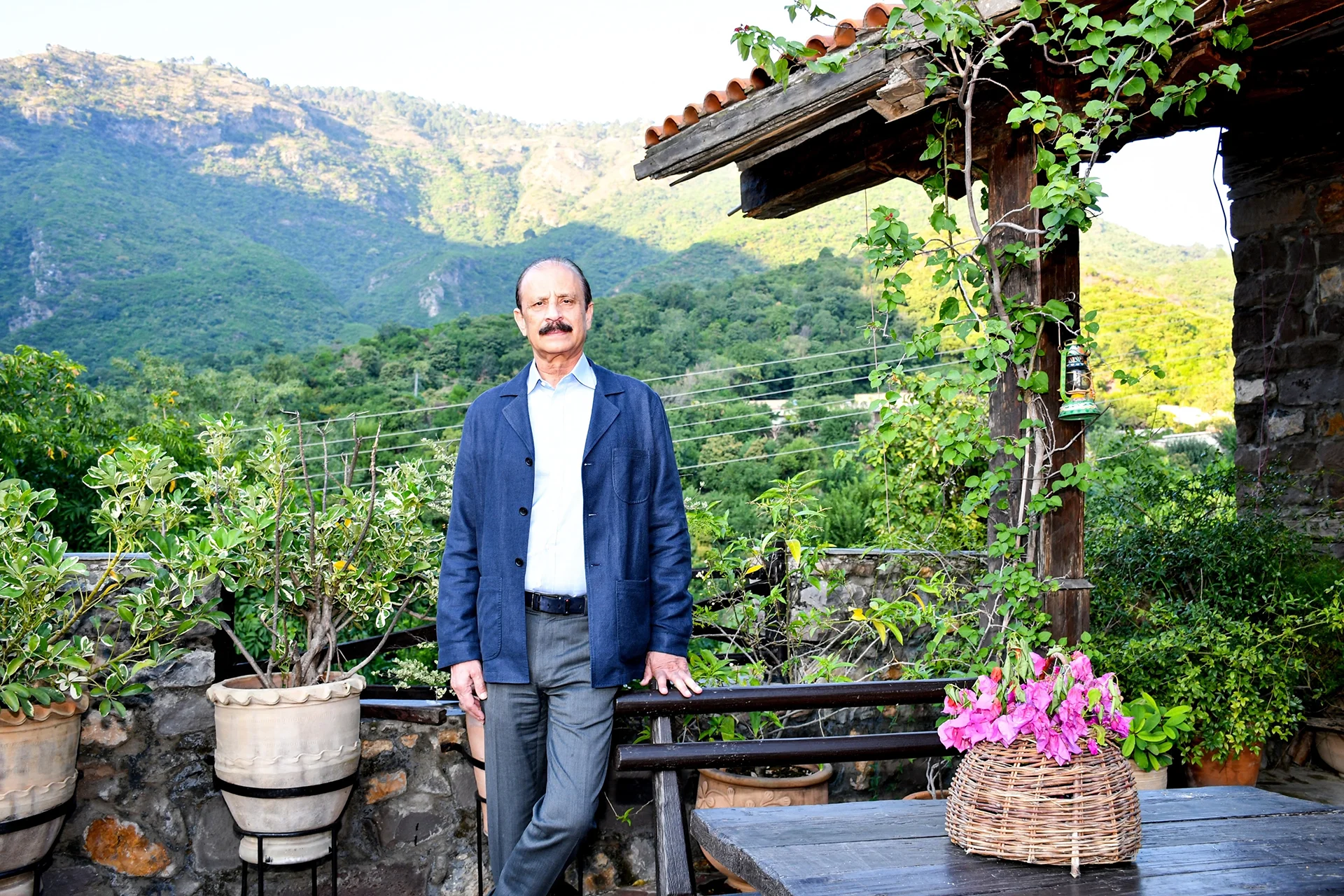In the corridors of Pakistan’s civil service, where countless stories of dedication unfold, Kamran Lashari’s journey stands out as extraordinary. Rising through the ranks to hold key government positions, he transcended the role of a bureaucrat to become a visionary leader. His transformative work at Lahore Gymkhana, the Walled City Authority, Islamabad – making it the beautiful, highlights a profound commitment to preserving heritage, empowering communities, and shaping a more inclusive Pakistan.
With a quiet brilliance that speaks louder than words, Mr. Lashari has redefined leadership, weaving resilience, innovation, and cultural revival, leaving a legacy that inspires and endures. He speaks to Margalla Tribune and reflects on his journey, sharing insights into his tireless efforts to preserve heritage, revive urban spaces, and promote tourism as a bridge between the past and the future. With each word, he paints a vivid picture of how culture and community can converge to create vibrant, inclusive cities, offering a roadmap for others to follow.
In this exclusive conversation, Mr. Lashari opens up about the challenges and triumphs of his work, the inspiration drawn from global best practices, and his unwavering belief in the transformative power of collaboration and innovation.
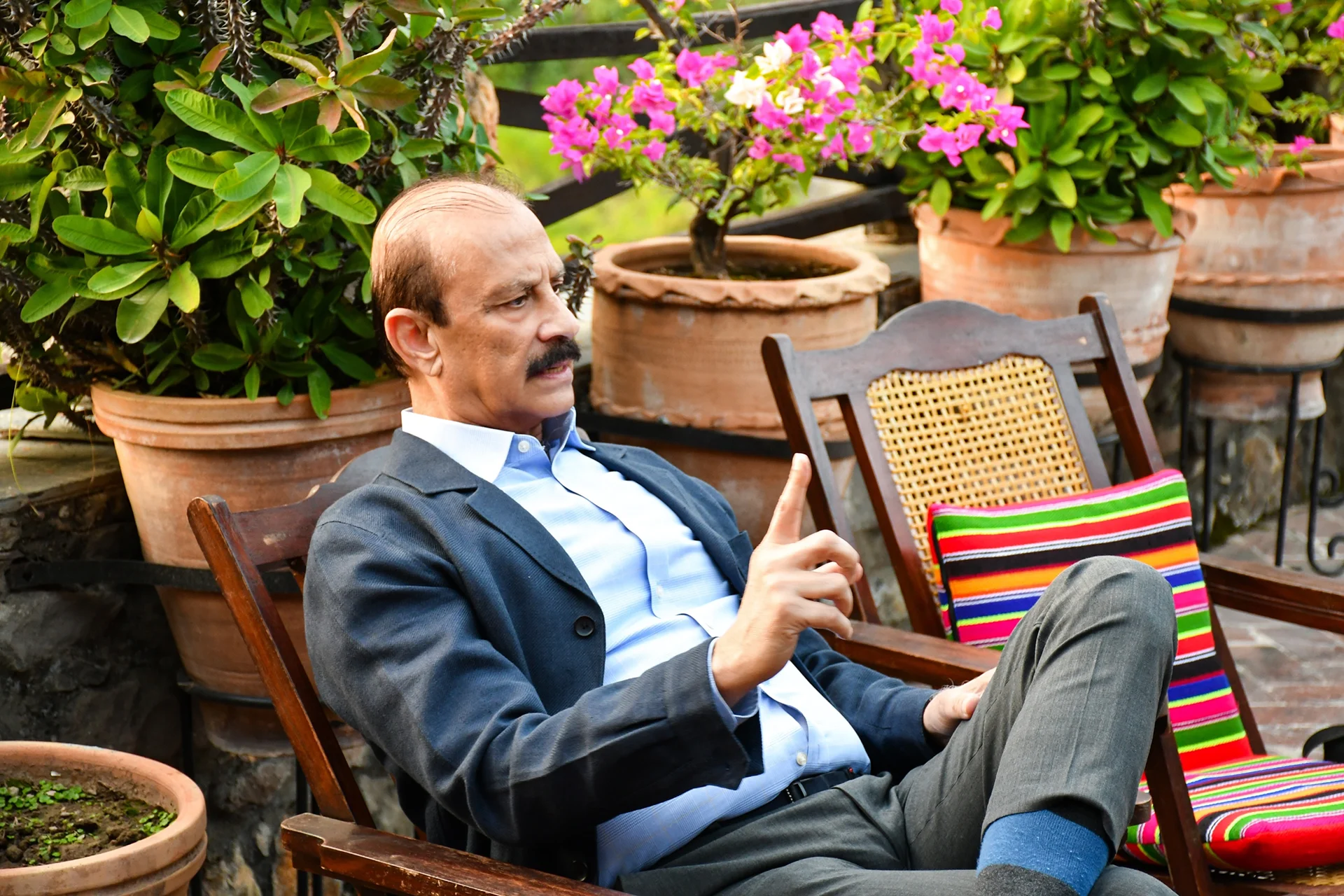
“It’s not just about facades, we’re doing urban regeneration new infrastructure, underground wiring, proper drainage. It’s a complete transformation.”
Tourism as a Bridge to Heritage
Tourism and heritage preservation are intrinsically linked. In Mr. Lashari’s work, this connection is palpable. By revitalizing historical sites and crafting immersive cultural experiences, he has not only drawn visitors from around the world but also cultivated a renewed sense of pride among locals. Tourism, as Mr. Lashari demonstrates, is not just an economic driver; it is a powerful tool for storytelling, education, and unity.
He travelled extensively, observing the best practices in transforming cities into thriving tourism hubs. From vibrant outdoor cafes set against the backdrop of historic architecture to well-lit streets and meticulously managed public information systems, these experiences shaped his vision for urban renewal.
A Social Thinker
For over a decade, Mr. Lashari has helmed the Walled City of Lahore Authority, turning this historical treasure into a model of international urban regeneration. Yet, as he modestly notes, the journey has been painstaking, with only 10-12% of the Walled City restored across three phases.
The challenges, he admits, are monumental. Densely populated neighborhoods make the work arduous, requiring not just technical expertise but also the delicate art of social mobilization. His young team of social mobilizers has played a pivotal role, turning community engagement into the cornerstone of his projects.
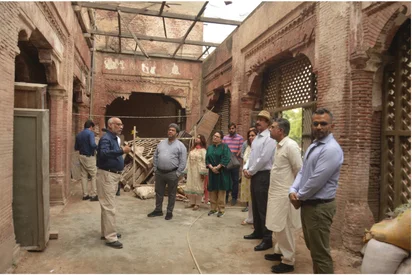
A Living Museum
Under Lashari’s stewardship, the Walled City has evolved from a forgotten relic into a vibrant cultural hub. Tourism, in particular, has emerged as a linchpin of heritage preservation. Initiatives like night tourism and adaptive reuse have breathed new life into historic spaces, illustrating how tourism can safeguard history while creating sustainable livelihoods.
The Lahore Fort, for instance, now dazzles under evening lights, its grandeur amplified by immersive “History by Night” tours. “The fort was once shut down at night, except for state dinners. Today, it’s a spectacle every evening,” Mr. Lashari says. These tours, with costumed guides, Kathak dances, and mesmerizing Dhamal performances, draw hundreds of visitors, creating a dynamic intersection of culture, history, and tourism.
Forgotten spaces like the Royal Kitchens and British-era bunkers have been creatively restored and repurposed for corporate events, educational exhibitions, and art installations, proving that adaptive reuse can merge conservation with innovation.
The Unifying Power of Tourism
Mr. Lashari’s vision extends beyond tourism’s economic impact; it is deeply rooted in fostering harmony and interfaith unity. Restoration projects span temples, gurdwaras, shrines, and churches, reflecting a commitment to celebrating Pakistan’s rich and diverse heritage. The restored birthplace of Ranjit Singh and a gurdwara in Jhelum are powerful symbols of inclusivity.
These spaces have untapped tourism potential,” Mr. Lashari notes, envisioning them as backdrops for restaurants, lodges, and cultural events that offer unique, immersive experiences.
Reviving Prestige, Restoring Pride
The impact of Lashari’s work is evident not only in the rejuvenation of infrastructure but also in the transformation of people’s perceptions. Residents of the Walled City, once hesitant to associate with their heritage, now take pride in their historic addresses. Booming local businesses, fueled by tourism, have revitalized the community’s economic fabric.
Dina Nath Well, Royal Trail completed by Walled City of Lahore Authority
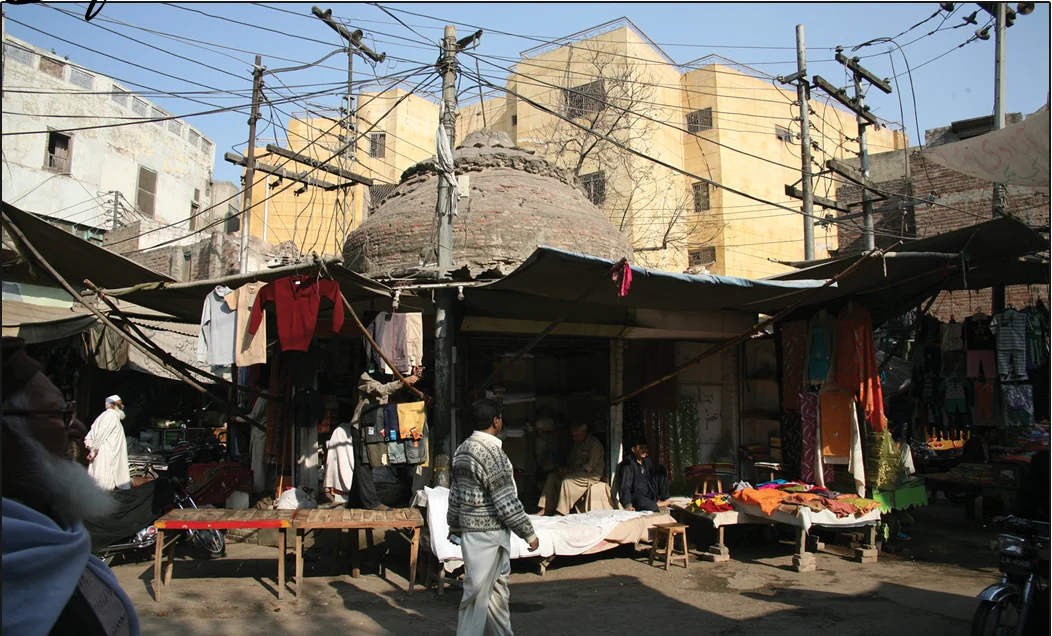
Before
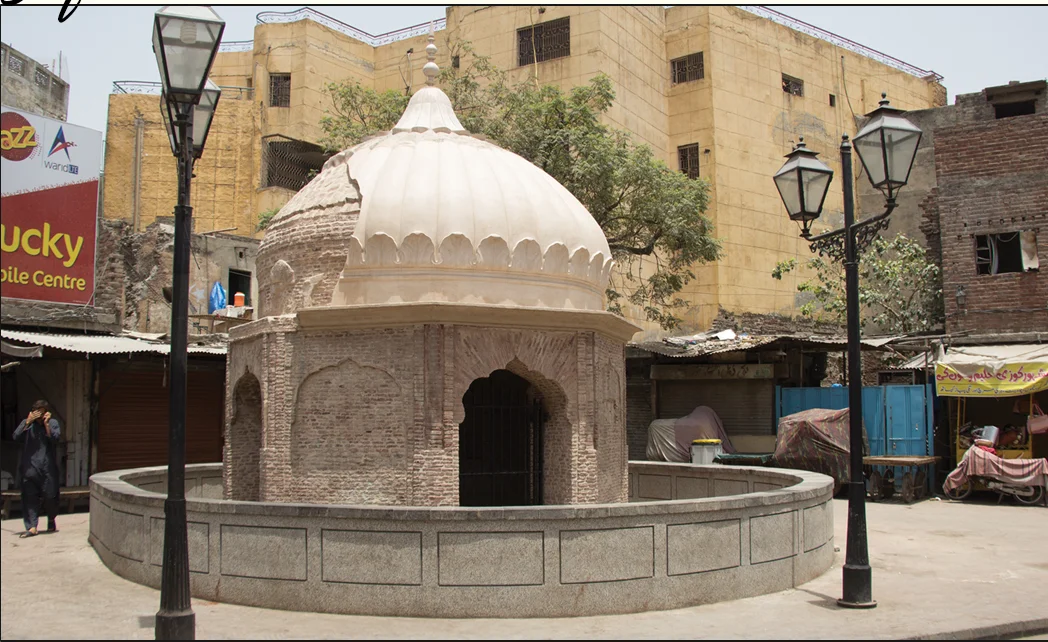
After
“Tourism is not just economic driver; it is a powerful tool for storytelling, education, and unity”
Mr. Lashari surveying works with his team
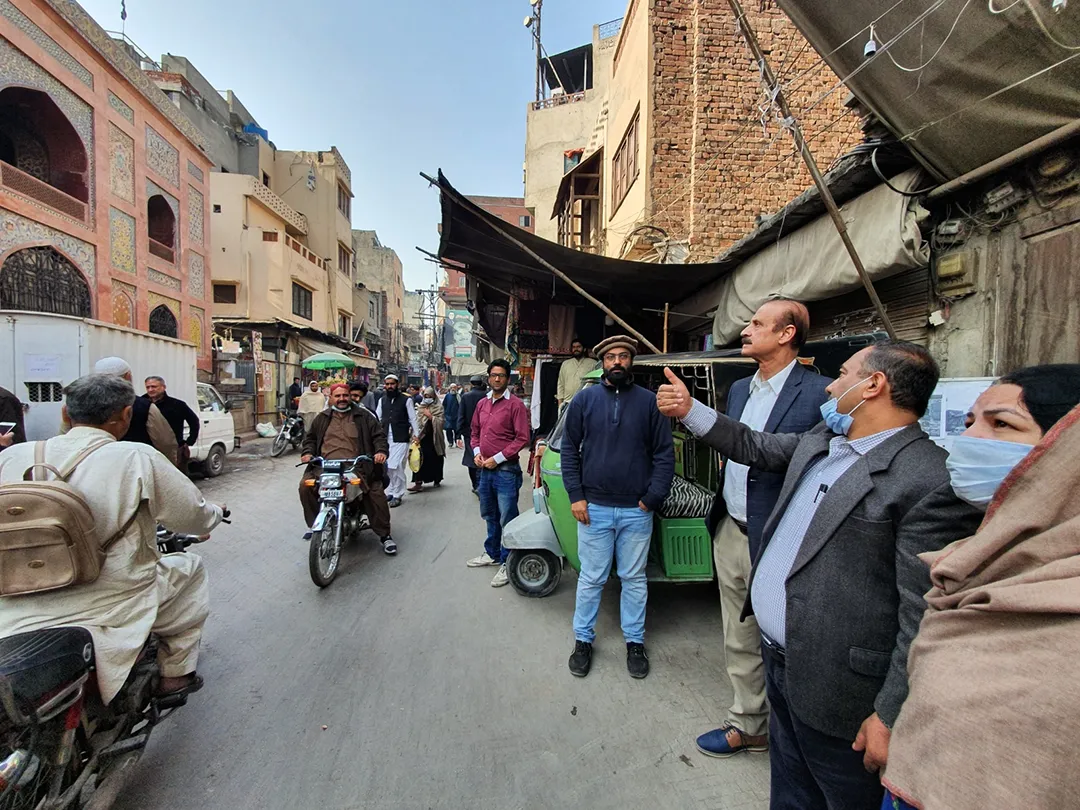
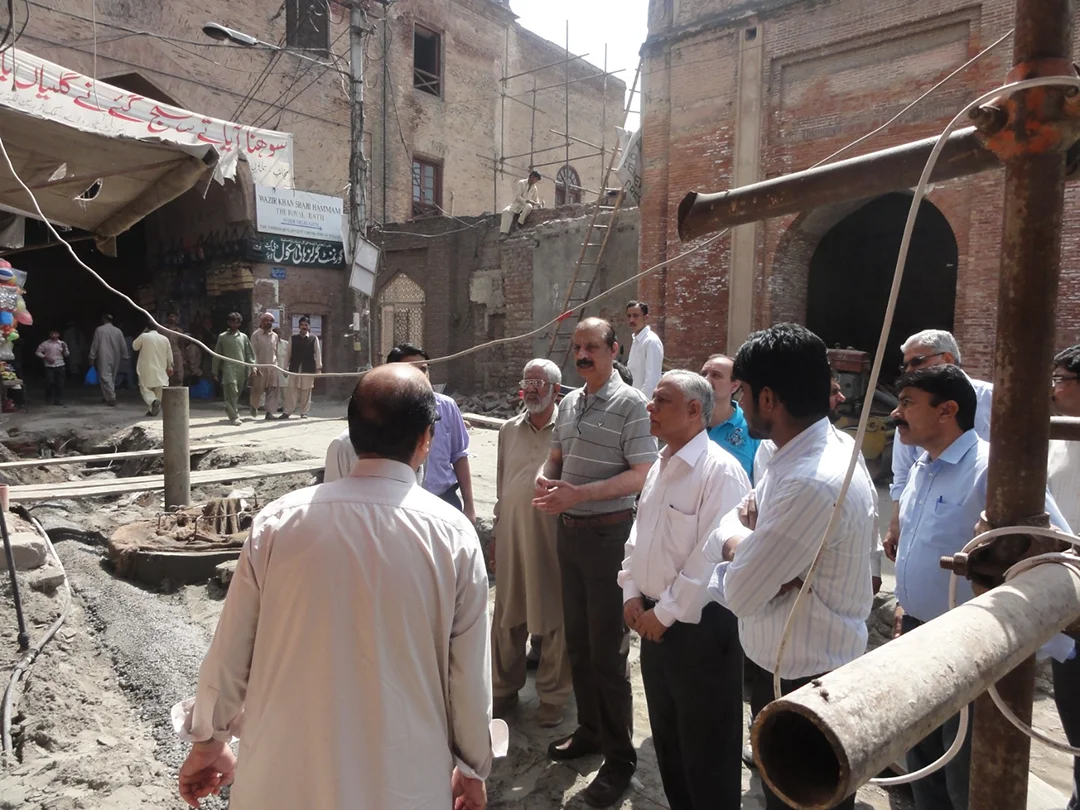
The Road Ahead
Looking forward, Mr. Lashari’s vision remains as ambitious as ever. Projects like the Baradari of Wazir Khan promise to create new spaces for literary and intellectual gatherings, while enhanced access to landmarks like Taksali Gate and Hazuri Bagh will continue to draw tourists and locals alike.
His approach, blending public-private partnerships with grassroots engagement, offers a sustainable model for heritage conservation. “It’s not just about spending money,” he emphasizes. “The real challenge is management—keeping these spaces alive and thriving.”
A Legacy for Generations
Kamran Lashari’s work transcends mere restoration. By weaving the past into the present, he has created a bridge to the future. Tourism, as he envisions it, is not only a gateway to economic opportunity but also a means of preserving Pakistan’s cultural soul.
In a world often disconnected from its roots, Mr. Lashari stands as a custodian of culture—a man whose legacy will inspire generations to cherish and protect their heritage.
“Urban spaces aren’t just about infrastructure; they’re about identity, dignity, and belonging.”
Barood Khana, Lahore Fort completed by Walled City of Lahore Authority
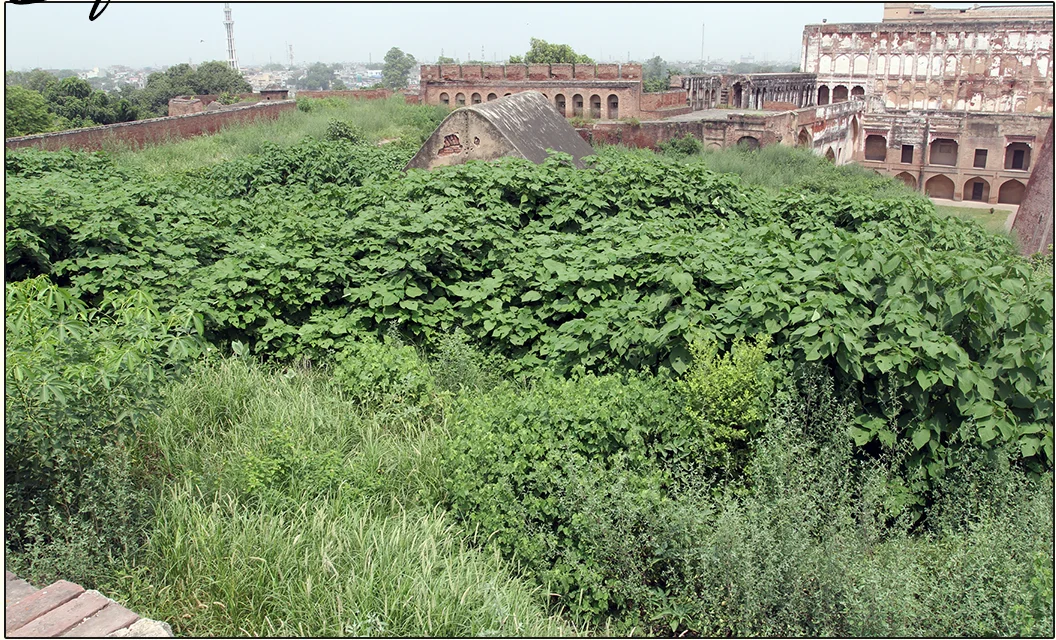
Before
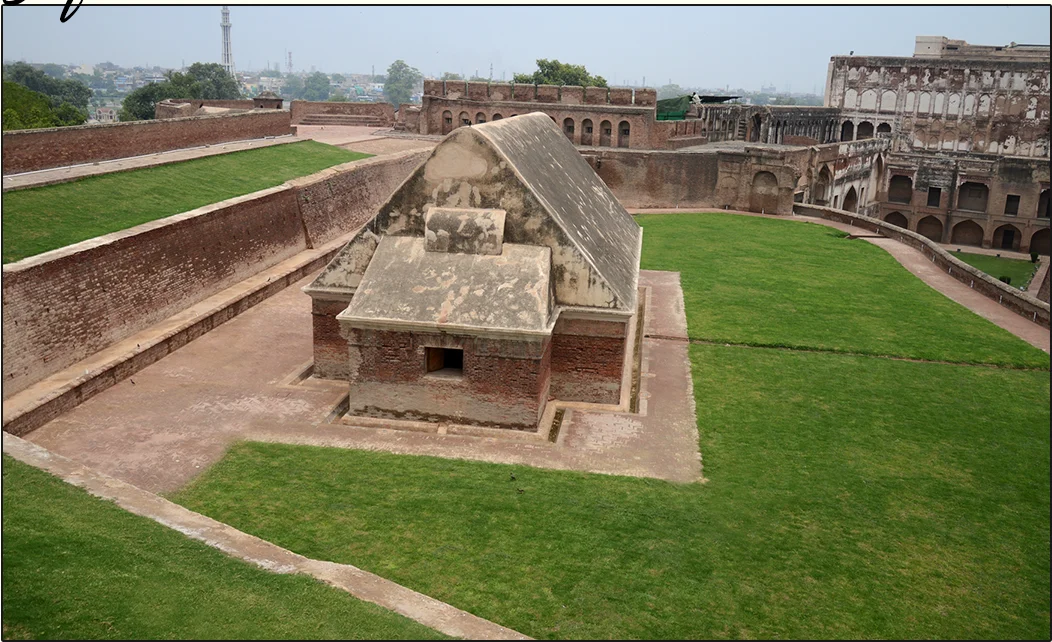
After
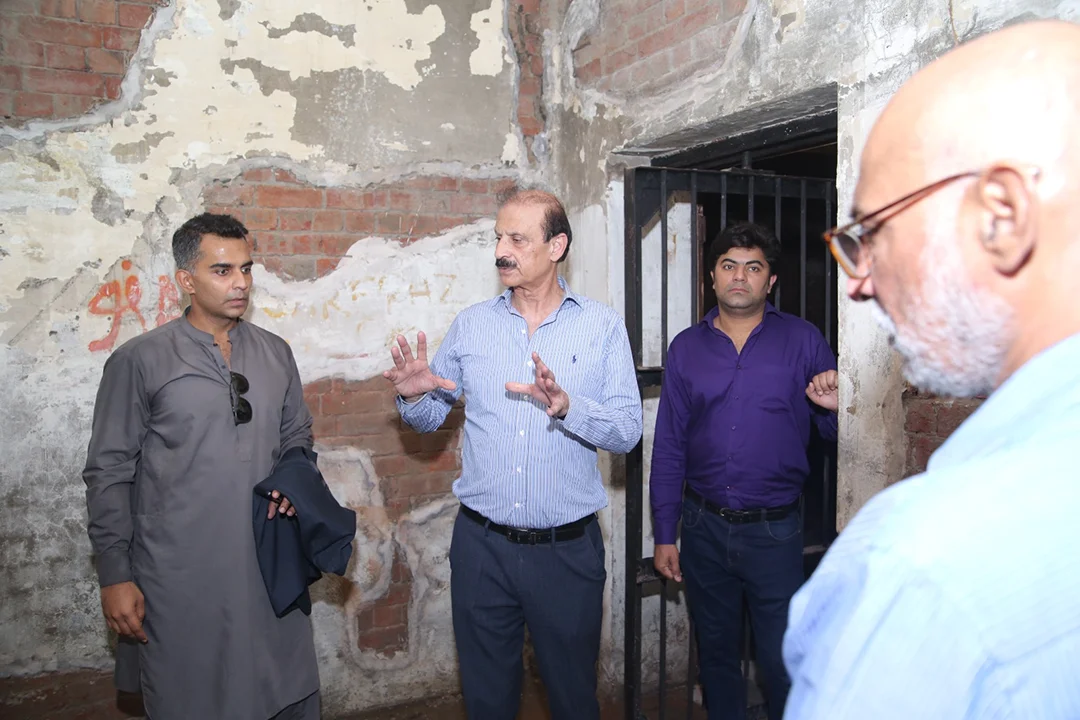
Mr. Lashari with his team


